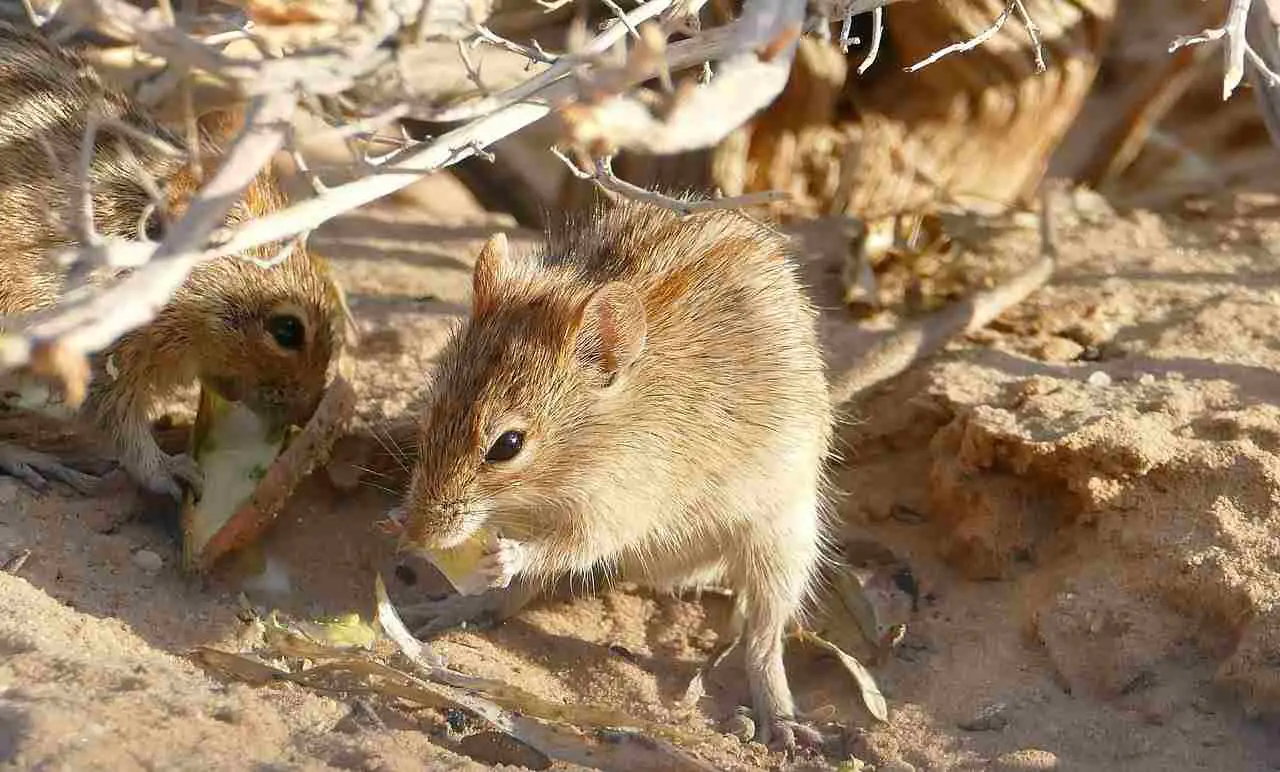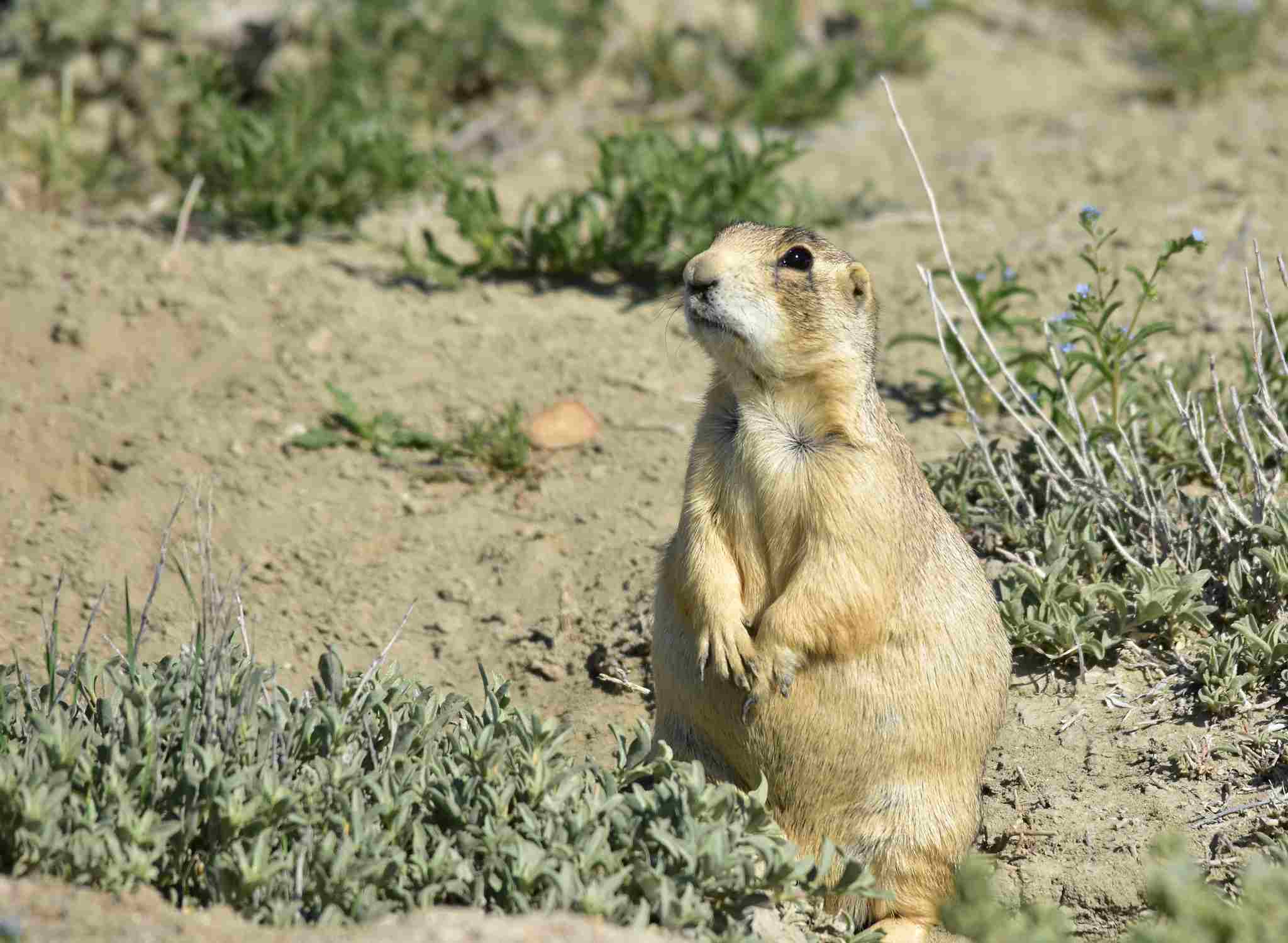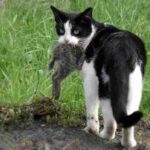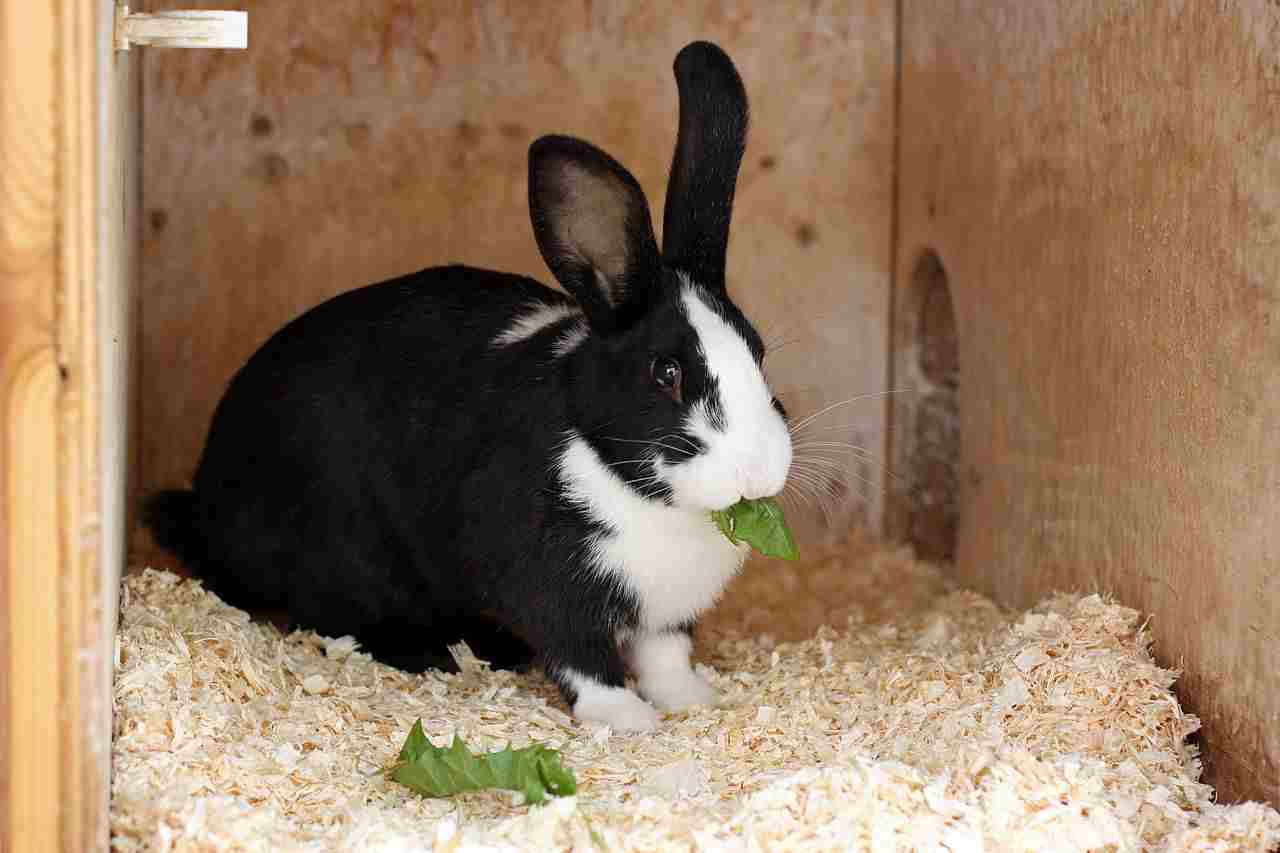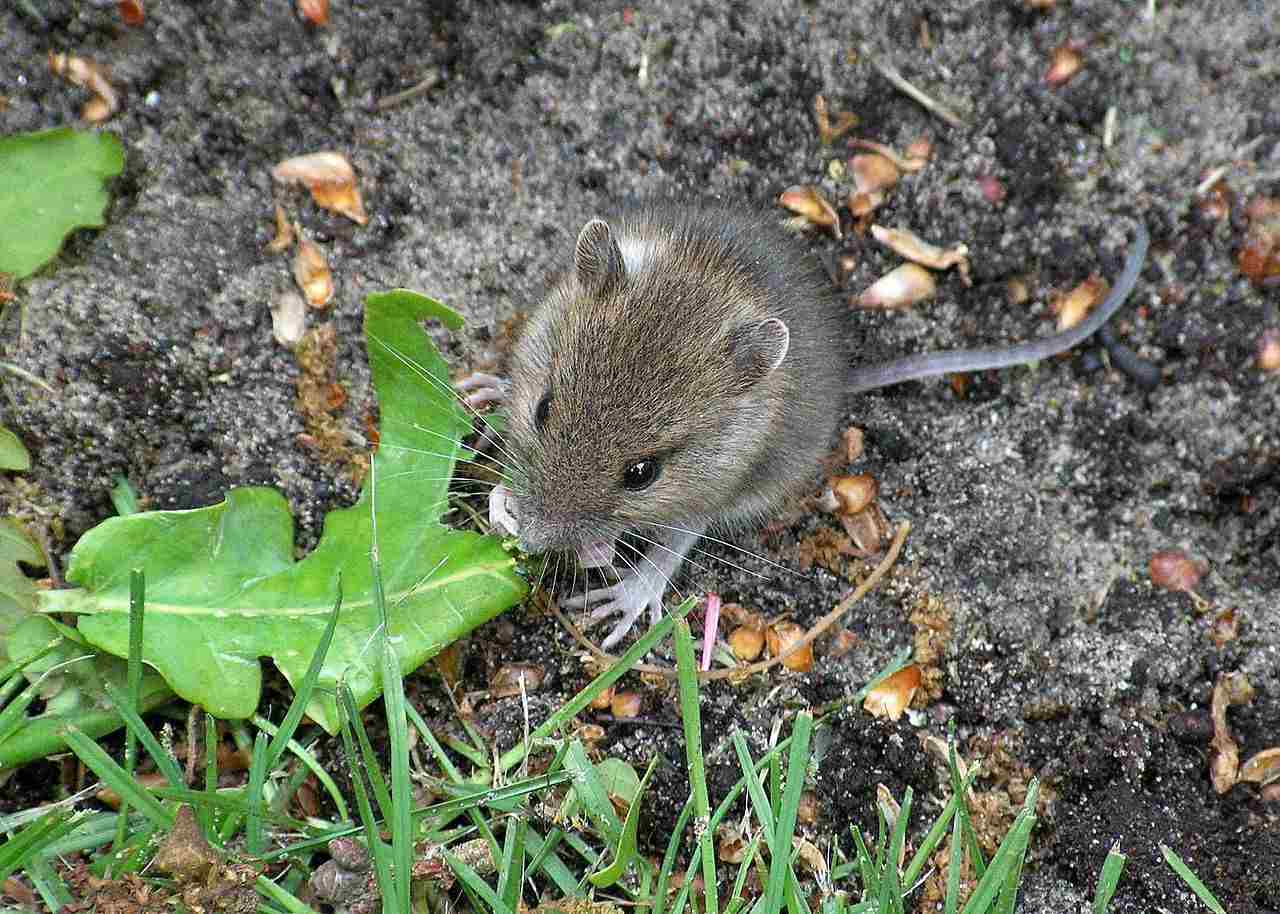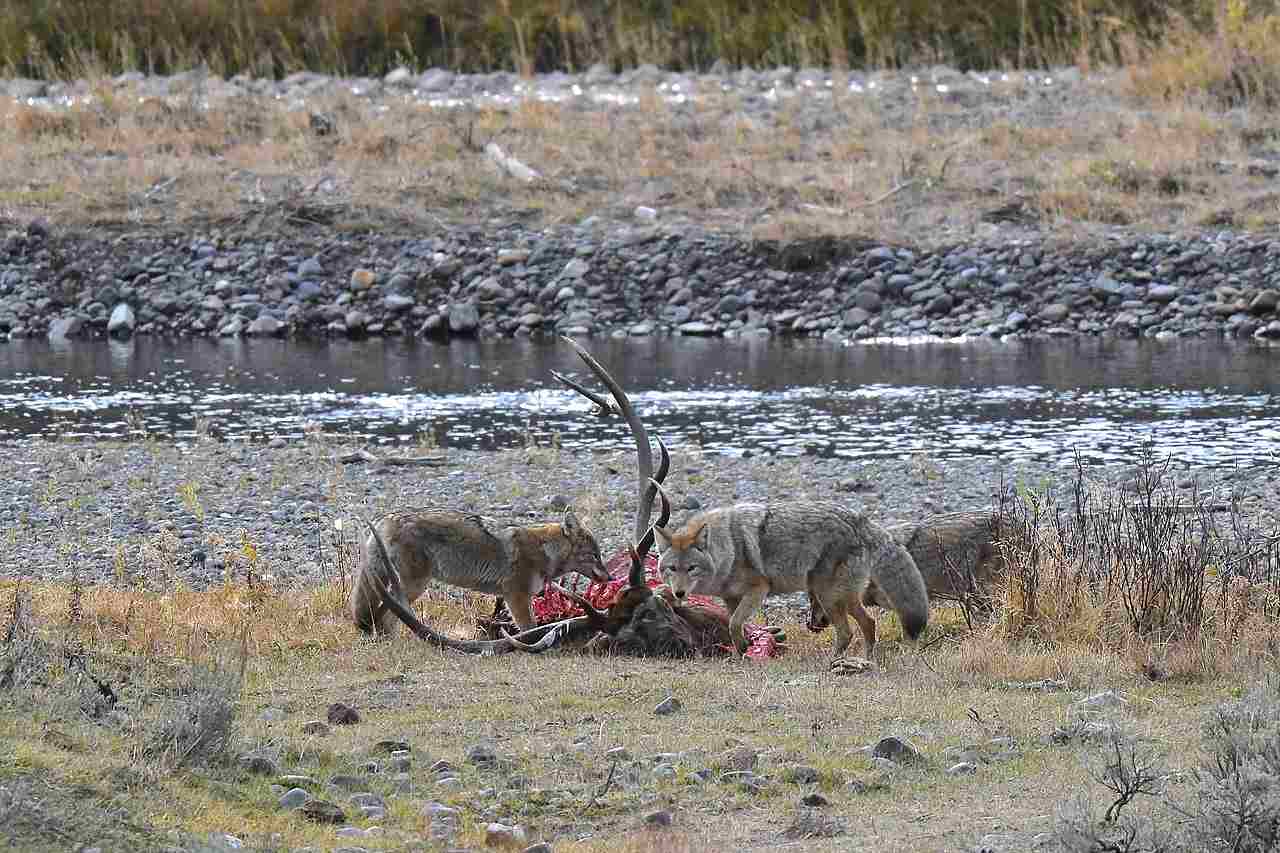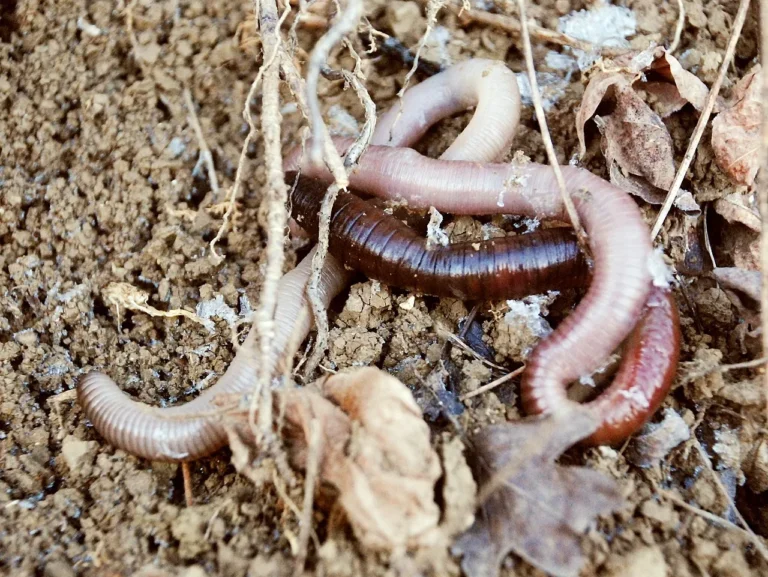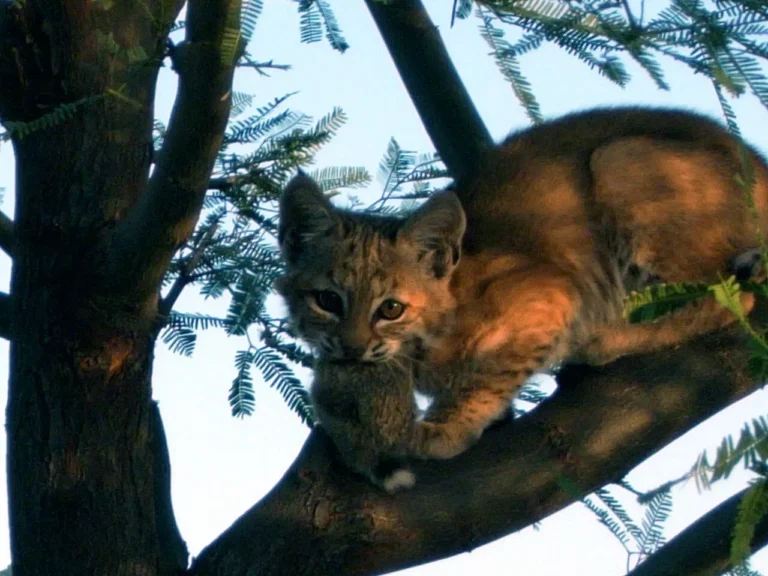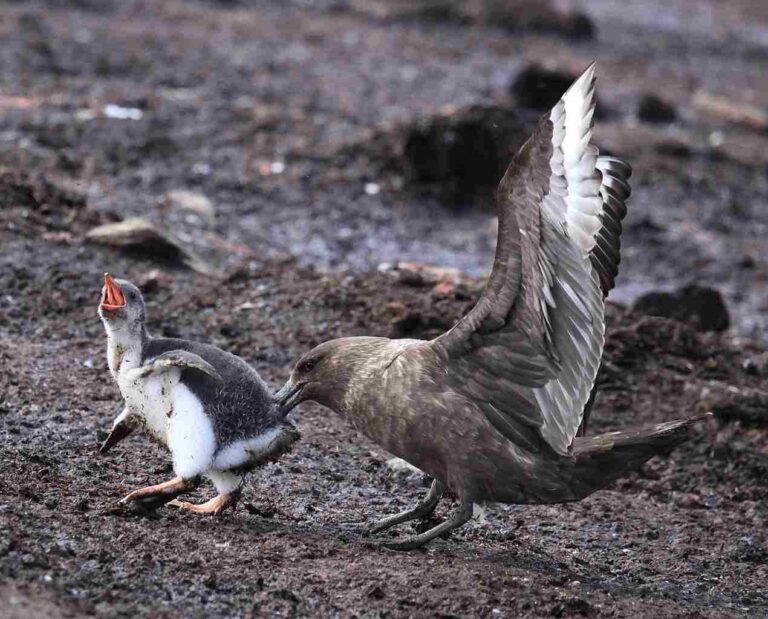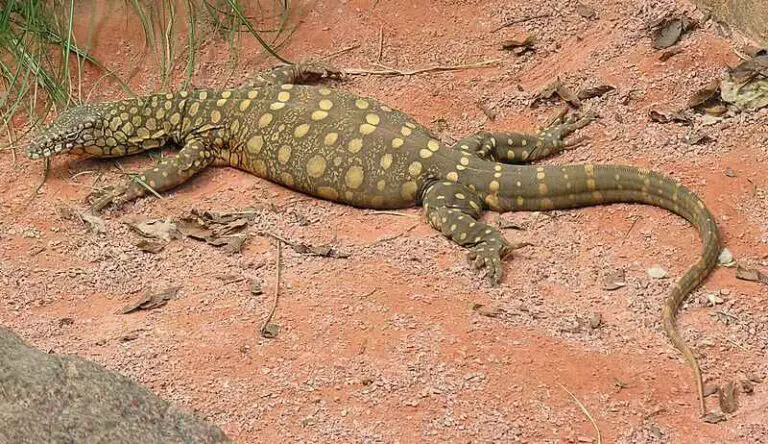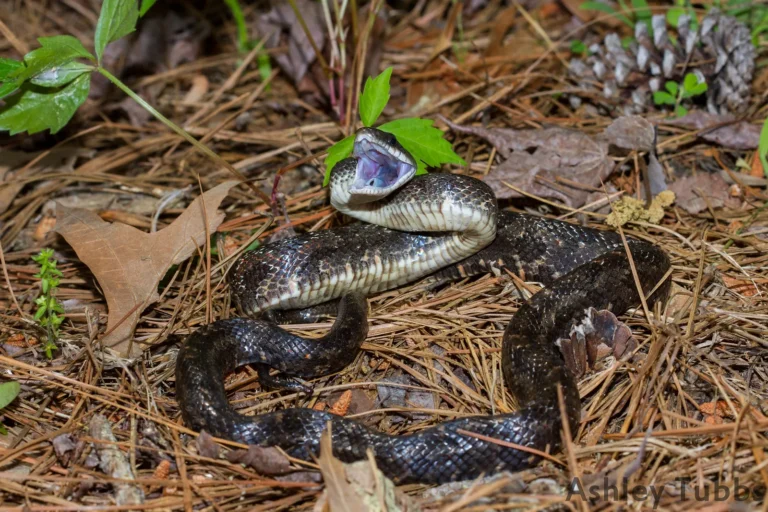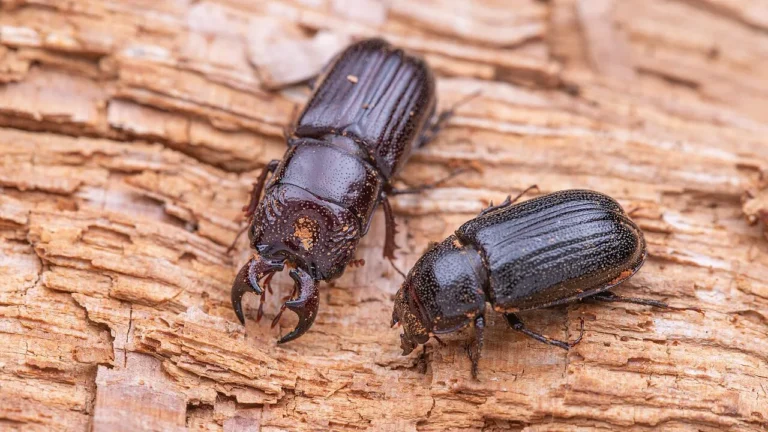What Type of Consumer is a Coyote? Exploring Coyote Trophic Role and Position
A coyote is a secondary consumer because it is carnivorous and preys mostly on primary consumers like rabbits, prairie dogs and field mice.
This article discusses the consumer role and trophic position of coyotes
Is a Coyote a Consumer?
Yes, a coyote is a consumer, because it depends on other organisms to serve as its food sources, and is incapable of producing its own food.
Reasons Why a Coyote is a Consumer
1. Coyotes Cannot Manufacture Their Own Food
Coyotes cannot manufacture their own food, which differentiates them from producers like plants. This is a key reason why coyotes are classified as consumers in the ecological food chain. As consumers, coyotes rely on other organisms as their food sources.
Coyotes are opportunistic omnivores, meaning they have a diverse diet that includes both plant and animal matter. They are known to consume a wide range of prey, including small mammals like rabbits and rodents, birds, reptiles, amphibians, and even insects. Additionally, coyotes are known to scavenge on carrion, feeding on the remains of animals that have already died. This adaptability in their diet allows coyotes to survive in a variety of habitats and ecosystems.
The inability to manufacture their own food is a fundamental characteristic of consumers. Unlike producers, such as plants that can convert sunlight into energy through photosynthesis, coyotes must obtain their energy by consuming other organisms. This places them in a higher trophic level in the food chain, as they rely on the energy stored in the bodies of the organisms they consume.
Coyotes play an important role as consumers in their ecosystems. By preying on smaller mammals, they help regulate their populations, preventing overpopulation and maintaining a balance in the ecosystem. This predation pressure can also influence the behavior and distribution of their prey species.
In addition to consuming other organisms, coyotes also contribute to the decomposition process as scavengers. They play a vital role in recycling nutrients back into the ecosystem by feeding on carrion and aiding in the breakdown of organic matter.
2. Other Organisms are Food Sources for Coyotes
Coyotes are classified as consumers because they rely on other organisms as their food sources. This makes them an integral part of the ecological food chain. As opportunistic omnivores, coyotes have a diverse diet that includes both plant and animal matter. They are known to consume a wide range of prey, such as small mammals like rabbits and rodents, birds, reptiles, amphibians, and even insects. Additionally, coyotes are adept scavengers, feeding on carrion and the remains of animals that have already died.
The fact that coyotes cannot manufacture their own food is a fundamental characteristic of consumers. Unlike producers, such as plants that can convert sunlight into energy through photosynthesis, coyotes must obtain their energy by consuming other organisms. This places them in a higher trophic level in the food chain, as they rely on the energy stored in the bodies of the organisms they consume.
Coyotes play a crucial role as consumers in their ecosystems. By preying on smaller mammals, they help regulate their populations, preventing overpopulation and maintaining a balance in the ecosystem. This predation pressure can also influence the behavior and distribution of their prey species. For example, the presence of coyotes may cause smaller mammals to alter their foraging patterns or seek refuge in different areas to avoid predation.
In addition to consuming other organisms, coyotes also contribute to the decomposition process as scavengers. They play a vital role in recycling nutrients back into the ecosystem by feeding on carrion and aiding in the breakdown of organic matter. This helps to maintain the overall health and functioning of the ecosystem.
Coyotes’ adaptability in their diet allows them to survive in a variety of habitats and ecosystems. They have the ability to exploit different food sources depending on their availability, which contributes to their success as a species. This flexibility also allows coyotes to occupy different niches within their ecosystems, making them an important component of the overall biodiversity.
Therefore, coyotes are consumers because they rely on other organisms as their food sources. Their diverse diet and scavenging behavior make them opportunistic omnivores. By preying on smaller mammals and contributing to the decomposition process, coyotes play a vital role in maintaining the balance and functioning of their ecosystems. Their adaptability and flexibility in their diet contribute to their success as a species.
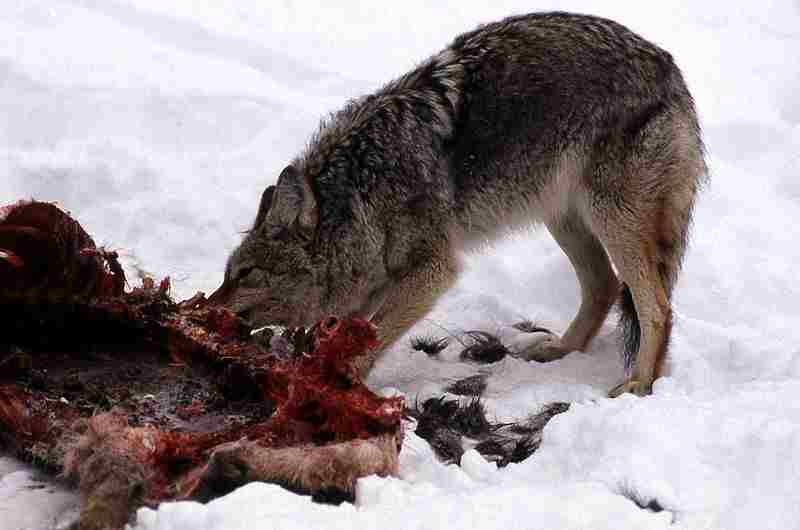
Is a Coyote a Secondary Consumer?
A coyote is indeed a secondary consumer in most habitats or ecosystems where it is found. This classification is due to the presence of larger and more powerful predators, such as bears and wolves, which occupy the tertiary and/or quaternary trophic levels (4 and 5) above coyotes. As a result, these larger predators exert more influence over the food chain as a whole.
Being a secondary consumer means that coyotes primarily feed on primary consumers, which are herbivores or smaller mammals that directly consume plants. Coyotes are opportunistic omnivores, meaning they have a diverse diet that includes both plant and animal matter. They are known to consume a wide range of prey, such as small mammals like rabbits and rodents, birds, reptiles, amphibians, and even insects. However, their diet also includes fruits, berries, and other plant material.
While coyotes do consume primary consumers, they themselves are preyed upon by larger predators. This places them in the secondary consumer category, as they occupy a trophic level below the top predators in their ecosystems. The presence of these larger predators influences the dynamics of the food chain, as they exert control over the populations of both primary consumers and coyotes.
The role of coyotes as secondary consumers is important for maintaining the balance and functioning of their ecosystems. By preying on primary consumers, they help regulate their populations, preventing overpopulation and maintaining a balance in the ecosystem. This predation pressure can also influence the behavior and distribution of their prey species. For example, the presence of coyotes may cause smaller mammals to alter their foraging patterns or seek refuge in different areas to avoid predation.
Additionally, as secondary consumers, coyotes contribute to the flow of energy and nutrients within the ecosystem. They obtain energy from the primary consumers they consume and transfer a portion of that energy to the predators that prey on them. This flow of energy is essential for sustaining the overall functioning of the food chain.
Reasons Why a Coyote is a Secondary Consumer
1. Smaller Size than Typical Tertiary Consumers
One of the reasons why a coyote is classified as a secondary consumer is its smaller size compared to typical tertiary consumers such as wolves, pumas, and bears. Coyotes are relatively smaller in size and weight, making them less capable of hunting and taking down larger prey. This size difference plays a significant role in determining the trophic position of coyotes in the food chain.
Coyotes are known to be opportunistic feeders, relying on a diverse diet that includes small mammals, birds, reptiles, amphibians, and even fruits and vegetables. Their smaller size allows them to be more agile and adaptable, enabling them to exploit a wider range of food sources. While they may occasionally scavenge on larger carcasses, their primary diet consists of smaller prey items.
The smaller size of coyotes compared to typical tertiary consumers also affects their hunting strategies and prey selection. Unlike larger predators, coyotes are less likely to target large herbivores or apex predators. Instead, they focus on smaller prey species that are more abundant and easier to capture. This preference for smaller prey contributes to their role as secondary consumers in the ecosystem.
Furthermore, the smaller size of coyotes also influences their ecological impact. As secondary consumers, coyotes have a lower consumption rate compared to larger predators. This lower consumption rate results in a reduced cascading effect on the lower trophic levels, allowing for a more balanced ecosystem. By regulating the population of smaller prey species, coyotes help maintain biodiversity and prevent overgrazing or overpopulation.
Therefore, the smaller size of coyotes compared to typical tertiary consumers like wolves, pumas, and bears is a key factor in their classification as secondary consumers. Their size influences their hunting strategies, prey selection, and ecological impact, making them an important component of the food chain.
2. Lower Consumption Rate and Cascading Effect than Tertiary Consumers
Another reason why a coyote is classified as a secondary consumer is its lower consumption rate compared to tertiary consumers. Due to their smaller size and energy requirements, coyotes consume less food than larger predators like wolves, pumas, and bears. This lower consumption rate has important implications for the cascading effect on the lower trophic levels.
Coyotes have a more balanced diet that includes a variety of prey species, such as small mammals, birds, reptiles, amphibians, and even fruits and vegetables. Their smaller size and lower energy needs allow them to survive on smaller prey items, which are more abundant and easier to capture. As a result, coyotes do not exert as much pressure on the populations of their prey species compared to larger predators.
The lower consumption rate of coyotes contributes to a reduced cascading effect on the lower trophic levels. Unlike tertiary consumers, which have a higher energy demand and consume larger quantities of prey, coyotes have a more moderate impact on the ecosystem. By regulating the population of smaller prey species, coyotes help maintain a stable balance in the food chain.
This lower consumption rate also allows for greater biodiversity in the ecosystem. Coyotes do not deplete their prey populations as quickly as larger predators, which helps prevent overgrazing or overpopulation of certain species. This, in turn, benefits the overall health and diversity of the ecosystem.
Drawing from the discussion so far, the lower consumption rate of coyotes compared to tertiary consumers is another key factor in their classification as secondary consumers. Their smaller size and energy requirements allow them to survive on a more diverse diet and exert a more balanced impact on the ecosystem. By regulating the populations of smaller prey species, coyotes contribute to a more stable and biodiverse food chain.
Is a Coyote a Tertiary Consumer?
No, a coyote is not classified as a tertiary consumer. There are two main reasons why a coyote does not fall into this category.
Firstly, a coyote is smaller and weaker than apex predators in its habitat. Tertiary consumers are typically large predators that occupy the top of the food chain. They have the ability to hunt and consume other predators or large herbivores. However, coyotes do not possess the size or strength to compete with these apex predators. Instead, they occupy a lower trophic level in the food chain.
Secondly, coyotes primarily concentrate on small prey, including primary consumers like rodents. This dietary preference places them in the category of secondary consumers. Secondary consumers feed on primary consumers, which are herbivores that directly consume producers, such as plants or algae. By preying on small mammals, birds, reptiles, and amphibians, coyotes play a crucial role in regulating the population of these primary consumers.
Coyotes are opportunistic hunters and scavengers, adapting their diet to the available food sources in their environment. While they primarily consume small prey, they are also known to eat fruits and vegetables when necessary. This versatility allows them to survive in a variety of habitats, from forests to grasslands to urban areas.
By occupying the role of a secondary consumer, coyotes contribute to the stability and balance of the ecosystem. They help control the population of primary consumers, preventing overgrazing or overpopulation of certain species. This, in turn, has a cascading effect on the lower trophic levels, maintaining a healthy and diverse food chain.
Therefore, a coyote is not considered a tertiary consumer due to its smaller size and weaker nature compared to apex predators. Instead, it falls into the category of a secondary consumer, preying on small mammals and other primary consumers.
Is a Coyote a Producer, Consumer or Decomposer?
A coyote is primarily a consumer and does not fall into the categories of a producer or decomposer. Unlike plants and algae, coyotes lack the necessary physiological features, such as chlorophyll or chemosynthetic mechanisms, to produce their own food through photosynthesis or chemosynthesis. Therefore, they cannot be classified as producers.
Furthermore, coyotes do not possess the characteristics of decomposers. Decomposers, such as fungi, bacteria, and isopods, play a vital role in breaking down organic matter and recycling nutrients back into the ecosystem. Coyotes, however, do not engage in saprophytic or detritivorous feeding behaviors typically associated with decomposers.
Despite not being producers or decomposers, coyotes do exhibit scavenging behavior. Due to their versatile and adaptable nature, coyotes can act as scavengers by feeding on animal carcasses. This scavenging behavior allows them to take advantage of available food sources and helps to prevent waste in the ecosystem.
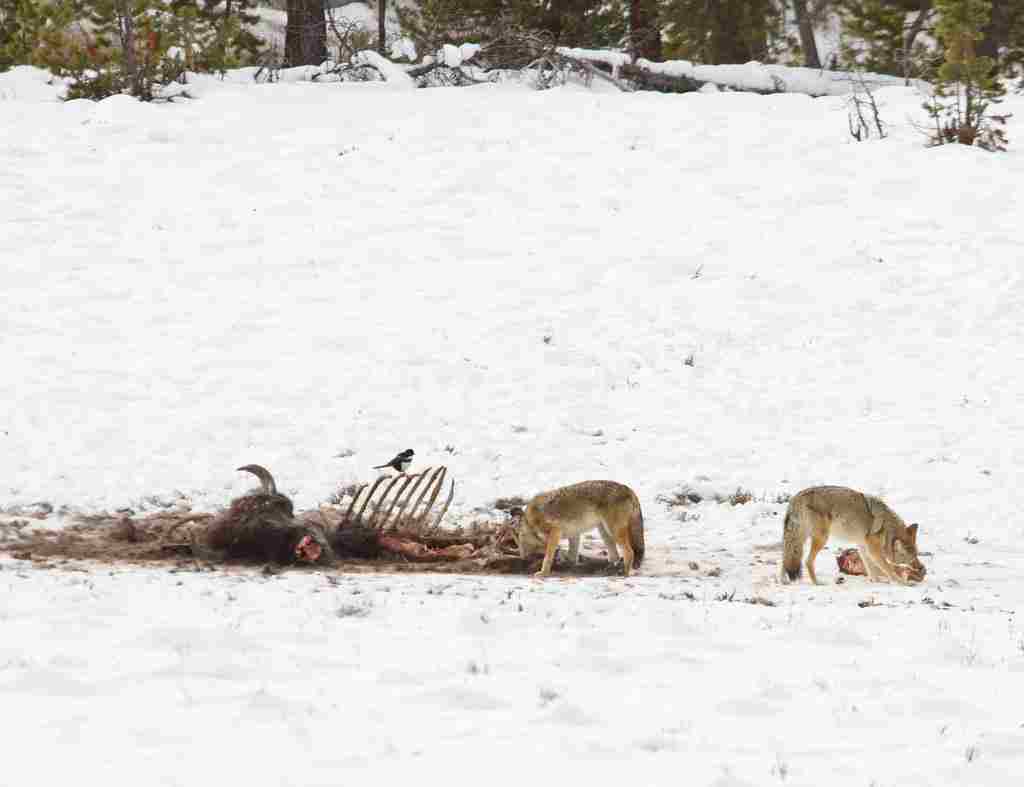
Coyotes are opportunistic feeders and will consume a wide range of prey, including small mammals, birds, reptiles, amphibians, and even fruits and vegetables when necessary. This adaptability in their diet allows them to survive in various habitats, from forests to grasslands to urban areas.
As consumers, coyotes play a crucial role in the food chain as secondary consumers. They feed on primary consumers, such as rodents, which directly consume producers like plants or algae. By regulating the population of these primary consumers, coyotes help maintain the balance and stability of the ecosystem.
Their predation on small mammals and other primary consumers helps prevent overgrazing or overpopulation of certain species. This, in turn, has a cascading effect on the lower trophic levels, ensuring a healthy and diverse food chain.
While coyotes are not producers or decomposers, they are important consumers in the ecosystem. Their adaptability and scavenging behavior allow them to play a vital role in maintaining the balance and stability of the food chain.
FAQs
1. Is A Coyote a Herbivore?
No. Coyotes are not herbivores; they are opportunistic omnivores with a preference for animal food sources.
Coyotes are opportunistic predators, meaning they will eat whatever food source is available to them. Their diet primarily consists of small mammals such as rabbits, rodents, and squirrels. However, they are also known to consume birds, reptiles, amphibians, and even insects.
Coyotes are skilled hunters and have adapted to a wide range of habitats, including urban areas. They are known for their ability to scavenge and will readily consume carrion, which is the decaying flesh of dead animals. This scavenging behavior allows them to take advantage of food sources that may not be available to other predators.
While coyotes are primarily carnivorous, they are not strictly meat-eaters. They are considered omnivores because they also consume plant material. This can include fruits, berries, and grasses. However, plant material makes up a small portion of their diet compared to animal prey.
Coyotes are not herbivores but can be described as carnivores with omnivorous tendencies. Their diet consists mainly of small mammals and other animal prey, but they will also consume plant material when available.
2. What Does a Coyote Eat?
Coyotes have a diverse diet that reflects their opportunistic nature as omnivores. They are skilled hunters and scavengers, allowing them to adapt to various food sources depending on availability.
One of the primary components of a coyote’s diet is small mammals. They are adept at hunting and capturing animals such as rabbits, rodents, and squirrels. These small mammals provide a significant portion of their nutritional needs.
In addition to small mammals, coyotes also consume a variety of other animals. They are known to prey on birds, reptiles, and amphibians. This broadens their food options and allows them to exploit different ecosystems.
Coyotes are not limited to hunting live prey. They are opportunistic scavengers and will readily consume carrion. This scavenging behavior enables them to take advantage of carcasses left behind by other predators or animals that have died naturally. It also reduces competition for resources, as they can utilize food sources that may not be accessible to other predators.
While animal prey forms the bulk of a coyote’s diet, they also incorporate plant material into their meals. Fruits, berries, and grasses are among the plant-based food sources that coyotes consume. However, it’s important to note that plant material makes up a smaller portion of their diet compared to animal prey.
The ability to adapt their diet to changing circumstances is a key survival strategy for coyotes. They can adjust their food preferences based on seasonal availability and the abundance of different prey species. This versatility allows them to thrive in a wide range of habitats, including urban areas where they can scavenge from human food sources.
3. Is a Coyote a Herbivore, Carnivore, or Omnivore?
Coyotes are classified as omnivores because of their versatile and adaptable diet. They have the ability to consume both plant and animal matter, allowing them to thrive in a variety of environments.
In terms of their carnivorous tendencies, coyotes are skilled hunters and have a preference for small mammals such as rabbits, rodents, and squirrels. These animals provide a significant portion of their nutritional needs and are a primary food source for coyotes. Additionally, coyotes are known to prey on birds, reptiles, and amphibians, further solidifying their carnivorous nature.
However, coyotes are not solely reliant on animal prey. They also incorporate plant material into their diet, making them herbivores to some extent. Fruits, berries, and grasses are among the plant-based food sources that coyotes consume. While plant material makes up a smaller portion of their diet compared to animal prey, it is still an important component.
The omnivorous nature of coyotes allows them to adapt their diet based on seasonal availability and the abundance of different prey species. This versatility is a key survival strategy for coyotes, enabling them to thrive in a wide range of habitats. It also provides them with the ability to scavenge from human food sources in urban areas, further expanding their dietary options.
Conclusion
* In this article, we have explored the trophic role and position of coyotes, focusing on whether they are consumers, secondary consumers, or tertiary consumers.
* We have discussed the reasons why coyotes are considered consumers, highlighting their inability to manufacture their own food and their reliance on other organisms as food sources.
* Additionally, we have examined the characteristics that differentiate coyotes from typical tertiary consumers, such as their smaller size and lower consumption rate.
* We have also addressed the question of whether coyotes are herbivores, carnivores, or omnivores, emphasizing their classification as omnivores due to their versatile and adaptable diet.
* Finally, we have summarized the key points discussed in each section, highlighting the omnivorous nature of coyotes and their ability to thrive in a variety of environments.
